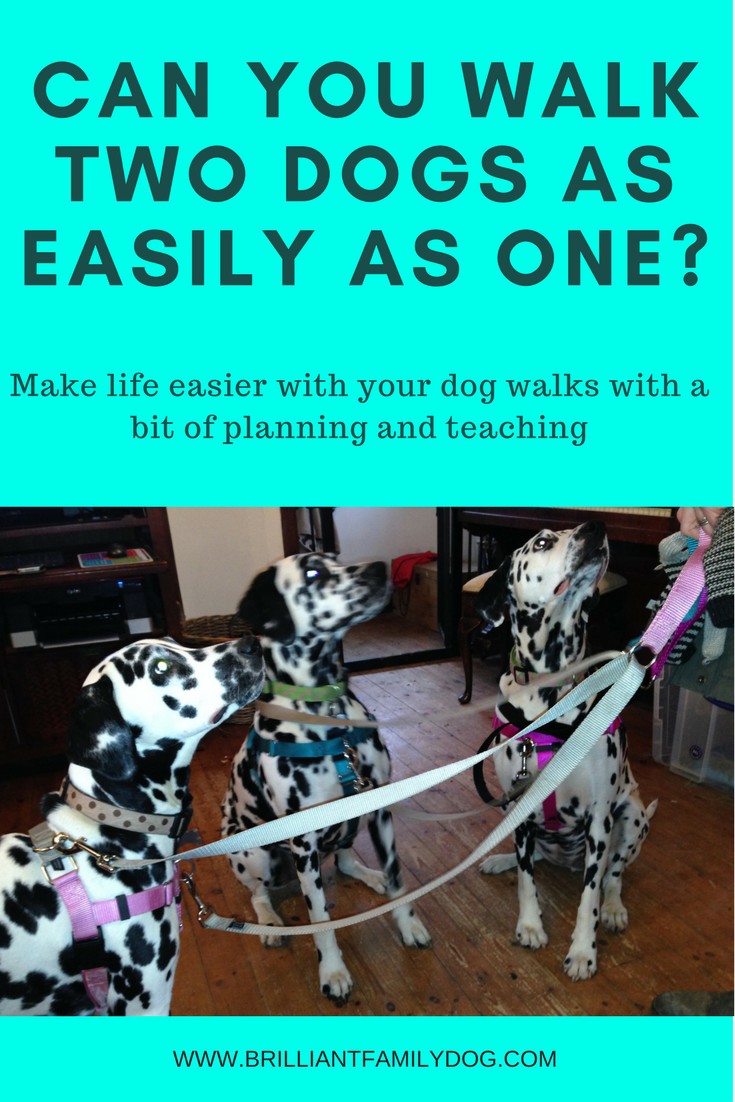So is walking your dog a pure joy? Or do you find yourself putting it off until you are racked with guilt and feel you just have to take her out?
I absolutely, really and truly, know just how you feel! My dogs didn’t always walk like angels on a loose lead. I can clearly remember the times I stopped and realised with embarrassment that I had been shouting at them when they were pulling. I guess they thought I was encouraging them to go faster!
So I decided to do something about it. Not yelling or cursing at them - they’re only being dogs.
Like with almost every dog problem, it was me who had to change!
That was when I learnt the secret
It may seem counter-intuitive, but pulling on your dog’s lead is actually making her worse. It takes two to tango, and if you pull, she’ll pull.
So, what’s the answer to this pulling question?
Believe it or not, it’s for you to stop pulling.
THIS FREE ECOURSE IS A BONUS FOR YOU WHEN YOU SIGN UP TO RECEIVE EDUCATIONAL EMAILS AND OCCASIONAL OFFERS FROM ME. YOU CAN UNSUBSCRIBE AT ANY TIME.
Privacy Policy
The reason dogs pull is because someone once followed them. Think about that one. From the moment you got your little puppy you let her tow you about on the lead wherever she wanted to go. I know - you thought you were being kind. But it wasn’t all that kind, as it taught your puppy something you didn’t like and wanted to change as soon as she got a bit of meat on her.
A common scenario is this:
The puppy pulls to the end of the lead. The owner’s arm floats up.
Yay! Puppy has gained another yard!
Then the puppy pulls harder and the owner takes a few steps behind her.
Success! Got another three yards!
So what has this puppy just learnt? Got it. She’s learned that if she pulls you will follow.
DRUM ROLL ….. So from now on you are never going to follow your dog again.
“But,” I hear you cry, “if I stop pulling she just pulls more!”
There is something called the opposition reflex. If you’re standing next to me and I pull your arm, you’ll pull back. You have to, in order to stay upright. If I pull harder, you’ll resist more strongly, and if I suddenly let go - you’ll probably fall over!
You can see from this that pulling harder is not the answer.
8 steps to a loose lead
• To start off you need a proper lead - a six-foot one or longer. If you have a short lead your dog cannot help but pull on it as soon as she moves an inch from your side. This is even more exaggerated with a small dog who’s already at the full length of the lead just keeping his feet on the floor. So to achieve a loose lead you need one long enough to be loose. It should droop down in a nice floppy loop between you.
“Best tip for me on loose lead walking was about the length of the lead! Thank you.” Annabel and her Border Collie Lily
Young Wilfred is proud to walk beside his owner on a loose lead
• And when you’re holding that lead, you keep your hand close to you. Tuck your thumb into your belt if you find your arm floating up in the air.
• You start out with your dog. She pulls to the end of the lead. You stop. You tuck in that thumb and keep your hand close to you. And wait. At some stage, she will stop pulling and look at you, wondering why you haven’t followed her as you are meant to.
• As soon as she looks at you, you cheerfully say “This way!” and head off in the opposite direction. Now she’ll walk with you a couple of steps, and probably (if this has been her habit) surge forward to the end of the lead.
• Guess what? Repeat Step 1.
• You may walk these five yards quite a few times until your dog realises that something is new and different. She should by now be looking at you and wondering what on earth is happening. Fortunately dogs are very flexible and tend to take life as it comes. So if you’re consistent, she’ll accept that this is the new modus operandi and go along with it.
• It’s important that you don’t have to get any particular place in a hurry while you work on this. You need to think happy thoughts and be enormously patient. You may think your dog will stand straining at the end of the lead for ever - but in fact, sometime between now and next Christmas, she’ll relax and look back at you. (In fact it’s only usually a few seconds - it just feels like forever.)
• If you have two dogs, you need to walk them separately while you fix this.
Does this seem over-simple to you? Can it possibly be that easy? Just go out now with your dog on a (long) lead and stand still. See what happens. See how long it takes her to realise that pulling is absolutely fruitless. (If your dog is big and you are not, wrap an arm round a convenient lamppost or tree so that you have no fear of being pulled over.)
This is just the beginning.
The first step is to stop the fight for possession of the lead. View your lead as your gentle connection with your dog. Like walking arm-in-arm with a friend.
So here’s the change you have to make
You need to change your perception of the lead as a controlling device and start seeing it as a connection between you and your dog.
You are no longer having adversarial walks, but companionable ones.
Try it then come back to me: what do you think? Let’s get your dog jogging nicely along beside you so that walks become a pleasure again, not a battleground.
A complete program
Although your attitude to the lead is your starting-point, you’ll do well to follow a complete step-by-step (haha!) program to develop loose lead walking with your dog. You’ll find it here at www.brilliantfamilydog.com/books
or just head over to Amazon, download it, and start straight away!
There’s lots more you can do to build your relationship with your dog, and you’ll be reading that soon. As ever, the ways I suggest will all be force-free and pleasant for both of you.









